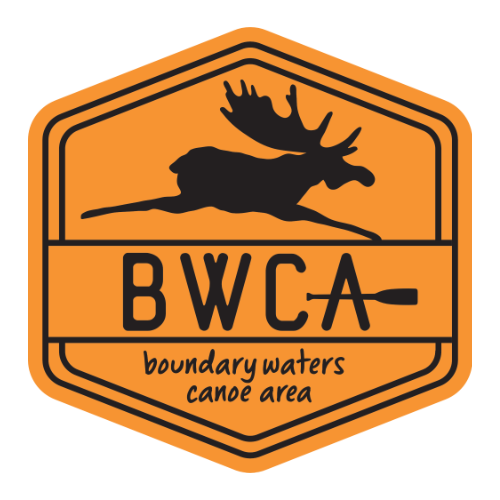BWCA Entry Point, Route, and Trip Report Blog
July 04 2025
Entry Point 1 - Trout Lake
Number of Permits per Day: 12
Elevation: 1381 feet
Latitude: 47.9144
Longitude: -92.3220
Trout Lake - 1
Crooked Lake Loop
Entry Date:
August 20, 2013
Entry Point:
Angleworm Lake
Number of Days:
5
Group Size:
2
A friend and I finally got up to Crooked Lake. Our trip was full of first time experiences, and we wish to pass those on for you! I wrote this whole article up, complete with pictures. I will just link it here, since I took the time to format it nicely on another page. This way it is available to viewers beyond this blog. I took my time and put tons of route information and pictures.
http://middleclassruminations.blogspot.com/2014/10/boundary-waters-canoe-area-crooked-lake.html
Or try here Crooked Lake Loop

